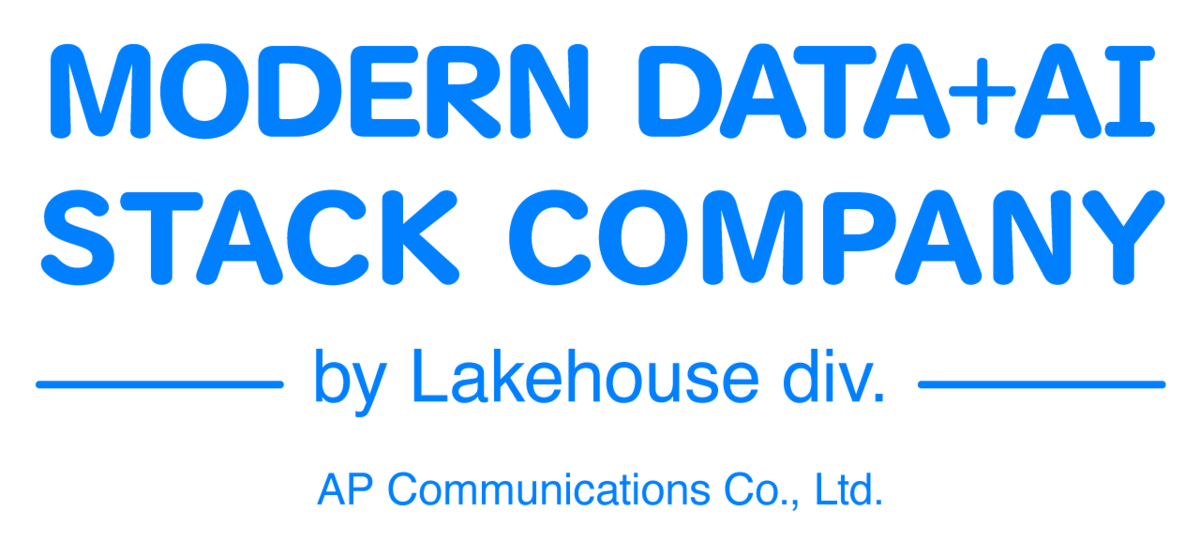Planning and Executing Data Warehouse Migration from Snowflake to Databricks
This is Johann from the Global Engineering Department of the GLB Division.
Today, I will be discussing data warehouse migration, specifically focusing on the transition from Snowflake to Databricks. This article is intended for data engineers, data analysts, and business leaders interested in data-driven approaches. This article is the second part of a two-part series. In the previous article, we discussed the planning and considerations necessary for data warehouse migration. In this article, we will delve into the specific execution process.
Code Migration: From Snowflake SQL to Databricks SQL
The first step is to migrate the code from Snowflake SQL to Databricks SQL. This process can be accomplished by using automation tools like WaveBridge and LLM to convert the code, or by lifting and shifting some of the code.
WaveBridge and LLM: These tools assist in automatic code conversion. They are particularly useful in large-scale migrations.
Lift and Shift: Some code can be directly migrated to Databricks SQL. This is a good method to save time and resources.
Data Loading: Loading Parquet Data into Databricks
Next, we will discuss the process of loading Parquet data into Databricks. First, set up a silver layer and define the schema. Then, create tables for customer orders and line items.
Silver Layer: This is a temporary storage area for data. Data is temporarily stored here before being loaded into Databricks.
Schema Definition: This defines how the data should be structured. It ensures data consistency and quality.
Table Creation: Finally, create tables for customer orders and line items. These tables reflect crucial aspects of the business.
The above is the basic process of migrating a data warehouse from Snowflake to Databricks. Understanding this process and executing it properly ensures a smooth migration.
Data Warehouse Migration: From Snowflake to Databricks
Next, we will discuss managing data pipelines and transformations using the Lakehouse architecture. The Lakehouse architecture is a new data management paradigm that combines the characteristics of data lakes and data warehouses. This architecture enhances the ability to centrally manage data and display the lineage of tables and files.
Benefits of Central Data Management
Centralizing data has several benefits:
Data Consistency: Centralizing data makes it easier to maintain data consistency.
Data Accessibility: Centralizing data allows for quick access to necessary data.
Data Security: Centralizing data enhances data security.
Ability to Display Table and File Lineage
The ability to display data lineage enables tracking of data origin and flow. This ensures data reliability and quickly identifies data quality issues.
Data Warehouse Migration
Data warehouse migration is a complex process that involves not just data transfer, but also data transformation and cleaning. Therefore, proper tools and strategies are necessary for planning and executing the migration.
Migration Challenges and Considerations
During migration, there are several challenges and considerations:
Data Consistency: It is important to maintain data consistency during migration.
Data Transformation: Different data warehouses may have different data formats and structures, necessitating data transformation.
Data Cleaning: During migration, it is important to remove unnecessary data and clean the necessary data.
As such, migrating a data warehouse from Snowflake to Databricks requires proper planning and execution. However, the result is enhanced central data management and lineage display capabilities, significantly improving the value of the data.
Summary
In this article, we discussed in detail the planning and execution of data warehouse migration from Snowflake to Databricks. Understanding this process and executing it properly ensures a smooth migration. Additionally, using the Lakehouse architecture enhances central data management and lineage display capabilities, significantly improving the value of the data. In the next article, we will discuss in detail the specific tools and strategies for data warehouse migration. If you are considering data warehouse migration, stay tuned!
Conclusion
This content based on reports from members on site participating in DAIS sessions. During the DAIS period, articles related to the sessions will be posted on the special site below, so please take a look.
Translated by Johann
Thank you for your continued support!
